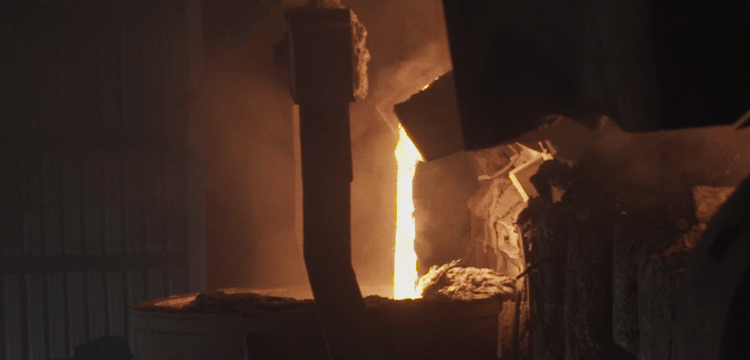5 Ways Secondary Steel Empowers India’s Growth
Secondary steel is a form of steel obtained by a recycling process that involves the melting down of steel scrap. This scrap can have diverse origins, such as end-of-life products, industrial waste, and surplus materials from diverse manufacturing processes. Secondary steel holds a pivotal role in today’s steel industry landscape, offering an economically prudent approach that not only supports sustainability but also proves highly appealing for targeted applications. It is important to note the distinct advantages that secondary steel brings in conserving resources, minimizing waste, and catering to industrial requirements. Notably, the recognition of secondary steel’s prominence has led the Indian government to abandon the traditional categorization of steel producers as integrated or non-integrated, rightfully recognizing the growing crucial role of secondary steel across diverse sectors, in shaping an adaptable steel industry, and also acknowledging that the ultimate quality of end steel products, either from primary or secondary production route, remains the same.
Transforming India’s Landscape
Secondary steel is integral to the increasing steel consumption in India. Whether is it Housing, Urban Development, Roads, Bridges, etc. secondary steel is critical to construction planning projects. The Indian steel industry is technologically advanced and globally competitive where India is the world’s second-largest alloy manufacturer and a net steel exporter, preceded by China. Of this, the secondary steel sector currently accounts for more than 57% of total domestic steel output.
By using secondary steel, companies can reduce their environmental effect by encouraging recycling and reusing existing products, thus conserving resources and minimizing waste.
Here are 5 significant ways in which secondary steel enhances India’s development:
- Affordable Housing: India has a rapidly growing population, and affordable housing is a pressing need. Secondary steel plays a crucial role in the construction of affordable and low-cost housing projects and envisages to make housing more accessible to a larger section of the population.
- Contribution to Circular Economy: Secondary steel production accords with the concept of a circular economy, in which resources are reused, recycled, and repurposed. This helps to create a more sustainable and efficient economic paradigm.
- Infrastructure Development: Secondary steel contributes significantly to India’s infrastructure development. It finds extensive application in the construction of bridges, highways, airports, and other vital infrastructure projects. With India’s commitment to infrastructural enhancement, secondary steel provides a cost-effective and pragmatic solution to effectively address these evolving demands.
- Import Reduction: By expanding secondary steel production, India may lessen its reliance on imported steel, which is advantageous to the country’s trade balance.
- Sustainability: Using recycled waste to manufacture secondary steel adds to enhances the steel industry’s enduring sustainability. This diminishes the demand for extra raw materials, preserves natural resources, and mitigates the environmental effect of steel production, including greenhouse gas emissions.
Pioneering Sustainable Progress
India forges a sustainable path by using secondary steel, not only decreasing the burden on imports but also demonstrating a commitment to saving resources and reducing the ecological footprint of steel manufacturing. An exemplary example of this is Shree TMT, a leading TMT bar manufacturer in India, is also a secondary steel manufacturer, that adds significant value to India’s steel production landscape. As one of the world’s largest producers and consumers of steel, India heavily relies on secondary steel to meet the ever-growing demand for steel products across diverse sectors, including construction, infrastructure development, automotive, and manufacturing. Shree TMT plays a pivotal role in meeting the country’s demands across diverse sectors, especially for construction, and infrastructure development. Its steel producing methodologies or tmt bar manufacturing process cultivate a more inclusive and sustainable industrial ecology. Shree TMT’s commitment to secondary steel production resonates seamlessly with India’s vision for a more environmentally conscious and prosperous future. As India aspires to carve a distinct place on the world stage, Shree TMT remains not just an organization but an embodiment of the nation’s resilience.

